

I'm a researcher in the Dallas lab at Oregon State studying the effect of milk processing on health using in vitro digestion systems like SHIME. I'm interested in:
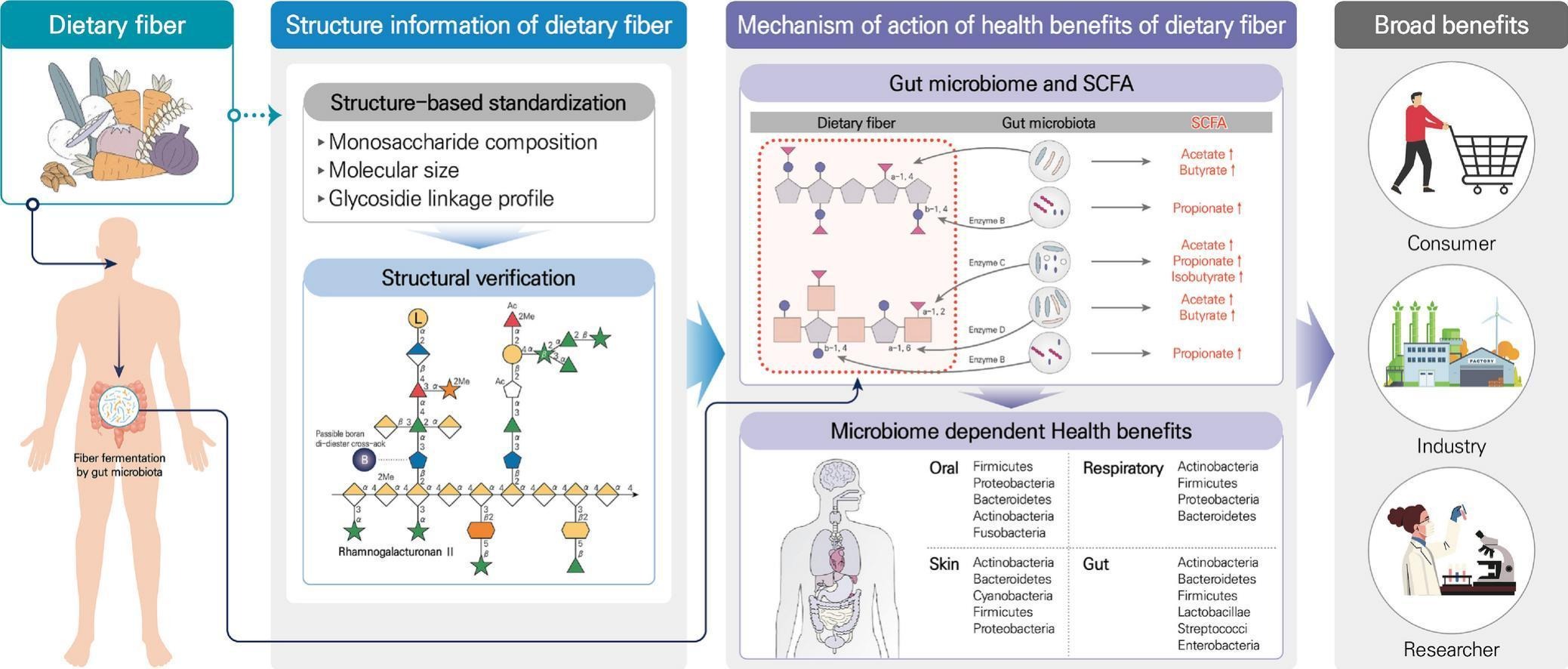
C. Swackhamer, S. Jang, B-R Park, B. Hamaker, S-K Jung. “Structure-based standardization of prebiotic soluble dietary fibers based on monosaccharide composition, degree of polymerization, and linkage composition.” 2025. Carbohydrate Polymers. 123949. 10.1016/j.carbpol.2025.123949
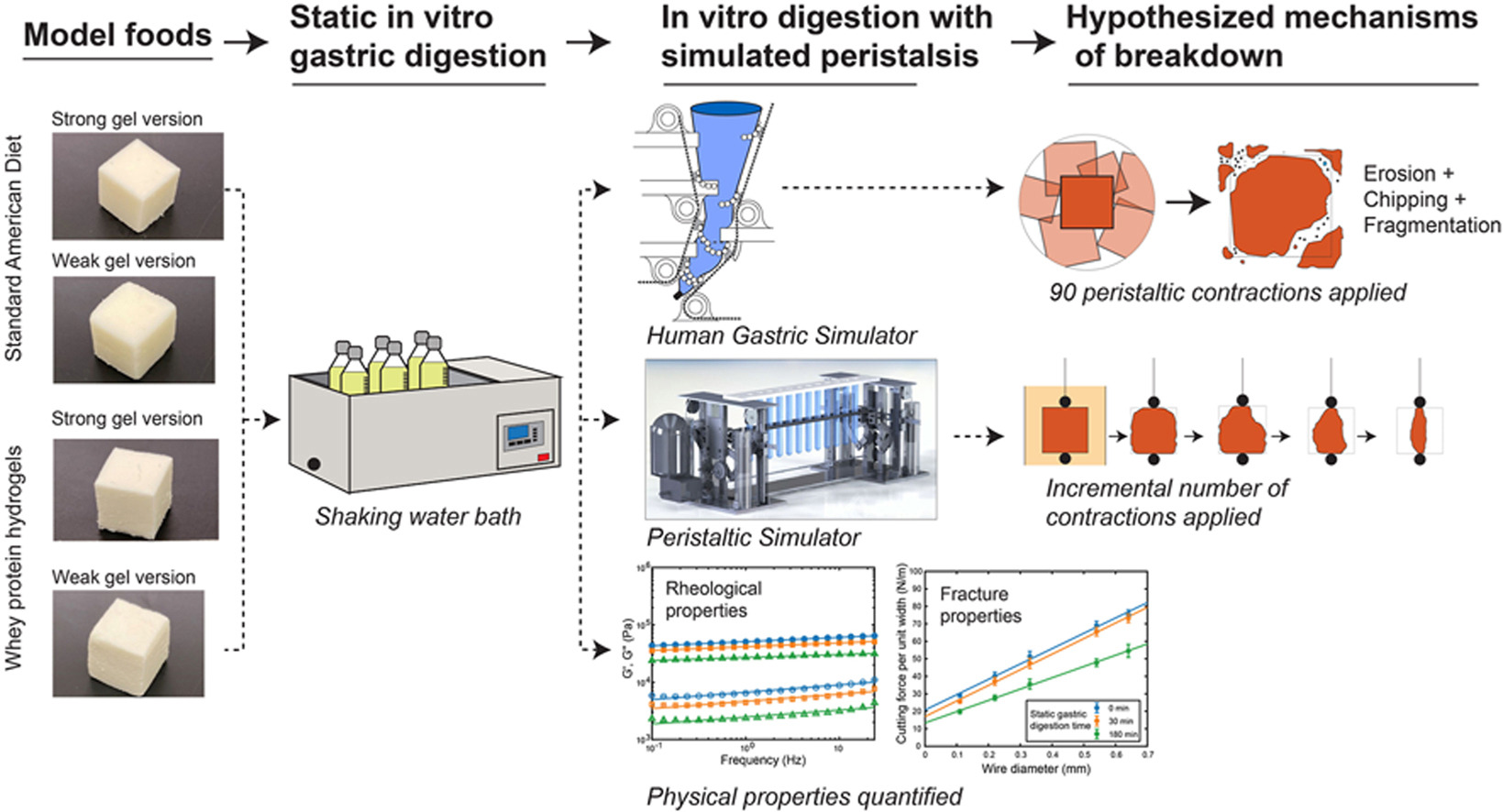
C. Swackhamer, R. Doan, Y. Lu, N. Nitin, G. M. Bornhorst. “Fracture and rheological properties of standardized, model solid foods influence their breakdown mechanisms during in vitro gastric digestion with simulated peristalsis.” 2025. Food Hydrocolloids. 111580. 10.1016/j.foodhyd.2025.111580

F. Cisse, C. Swackhamer, H. Diall, A. Rahmanifar, M. Sylla, A.R. Opekun, M.A. Grusak, A. H-M. Lin, E.A. Pletsch, A. M.R. Hayes, R. Quezado-Calvillo, B.L. Nichols, B. R. Hamaker, “Stunted African toddlers digest and obtain energy from energy-dense thick sorghum porridge.” 2025. European Journal of Clinical Nutrition. 10.1038/s41430-025-01632-y
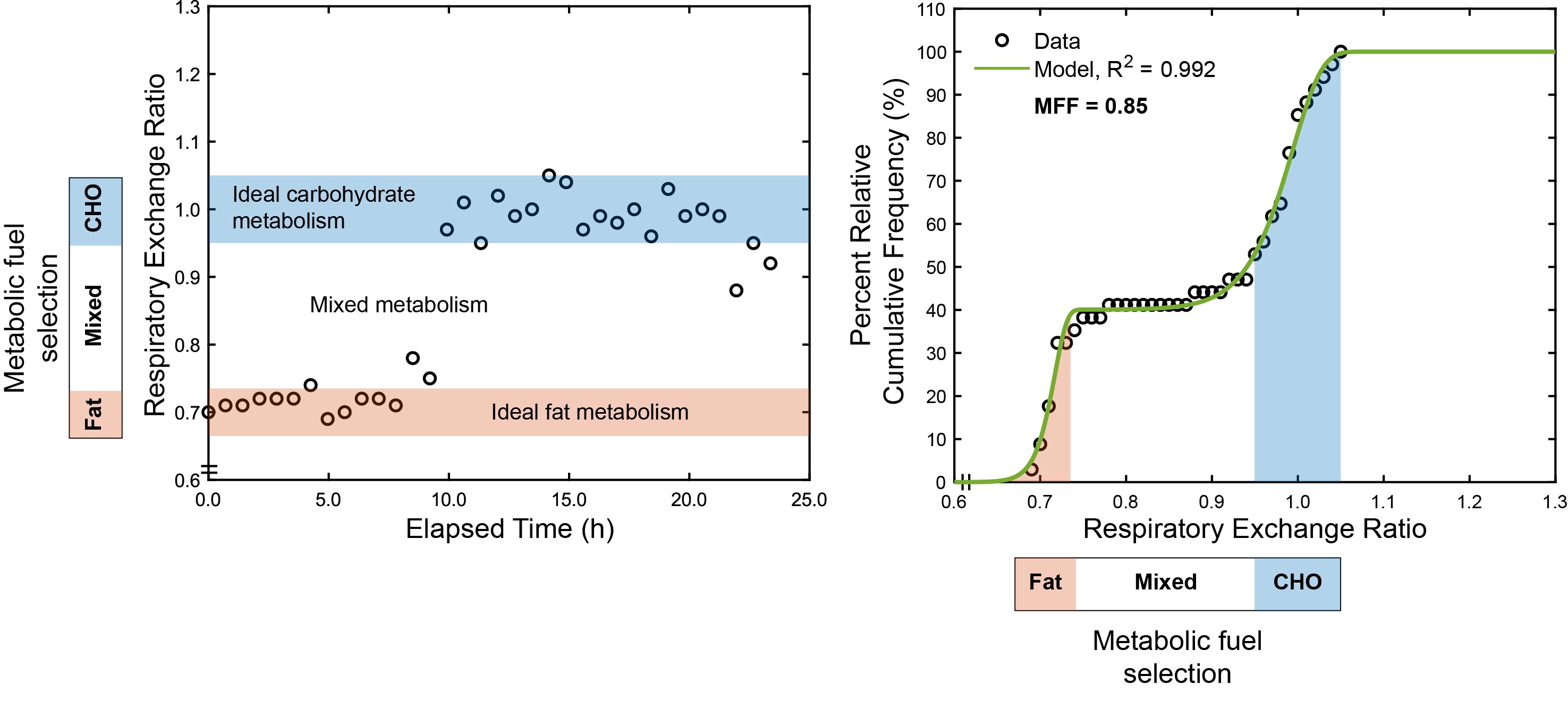
A. Hayes, C. Swackhamer, R. Quezado-Calvillo, N.F. Butte, E.E. Sterchi, B.L. Nichols, B.R. Hamaker “Moderating carbohydrate digestion rate in mice promotes fat oxidation and metabolic flexibility revealed through a new approach to assess metabolic substrate utilization.” 2025. European Journal of Nutrition. 10.1007/s00394-025-03585-1
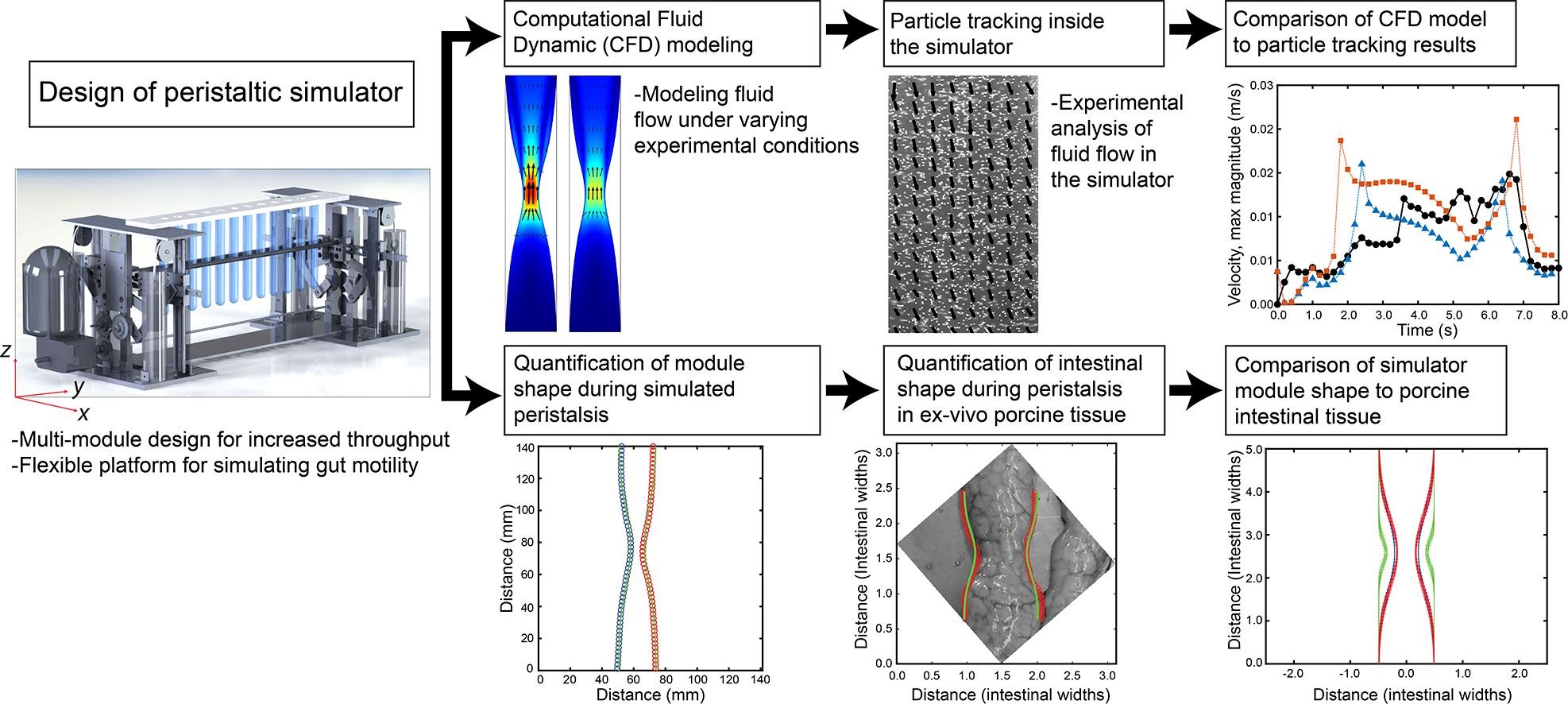
C. Swackhamer, T. Bedane, S. Keppler, A. Poltorak, K. Cheung, N. Awais, F. Marra, G. Bornhorst, “Development and Analysis of a Multi-Module Peristaltic Simulator for Gastrointestinal Research." 2023. Food Research International. 112877. 10.1016/j.foodres.2023.112877
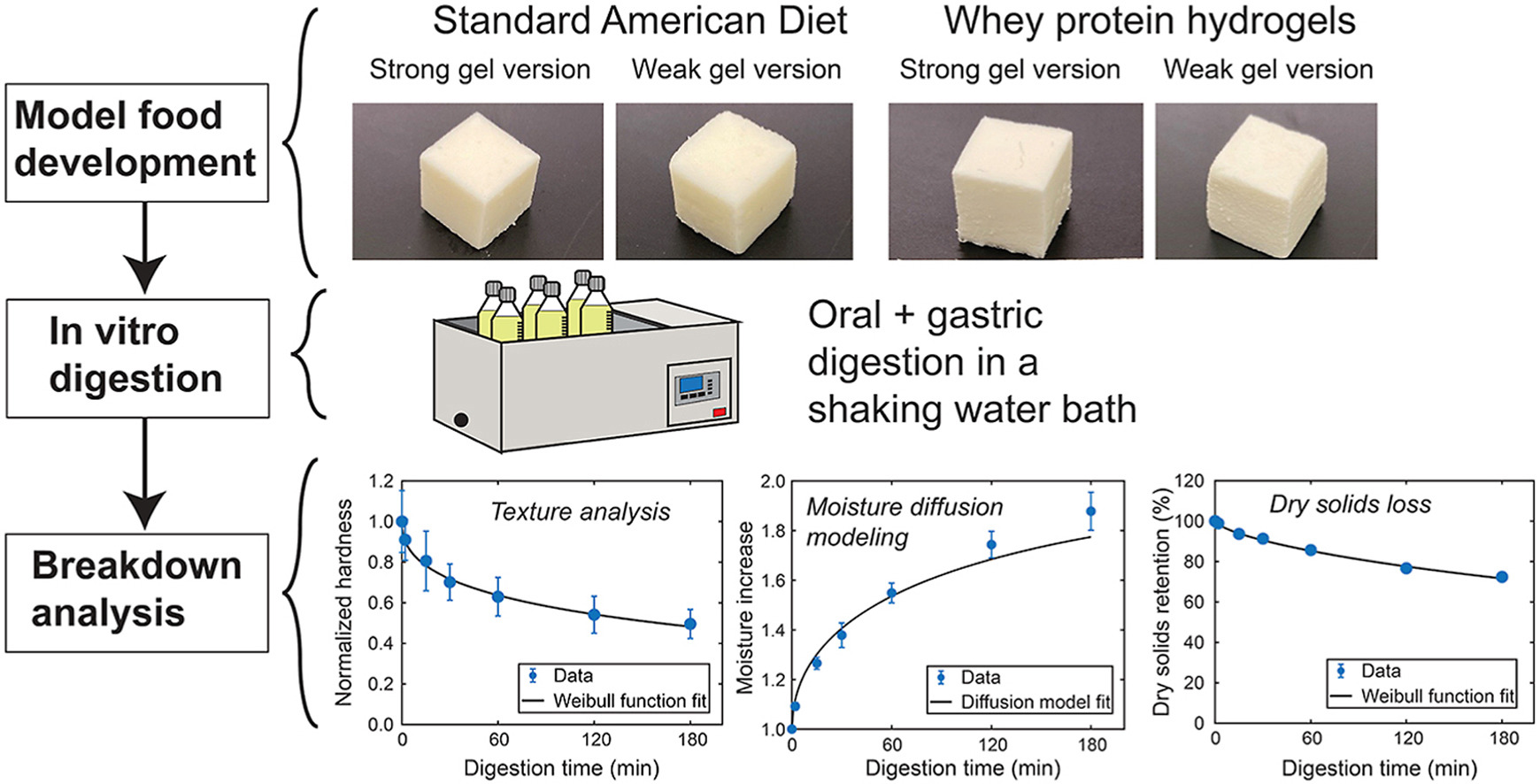
C. Swackhamer, R. Doan, G. Bornhorst, “Development and characterization of standardized model, solid foods with varying breakdown rates during gastric digestion." 2022. Journal of Food Engineering. 316:110827. 10.1016/j.jfoodeng.2021.110827
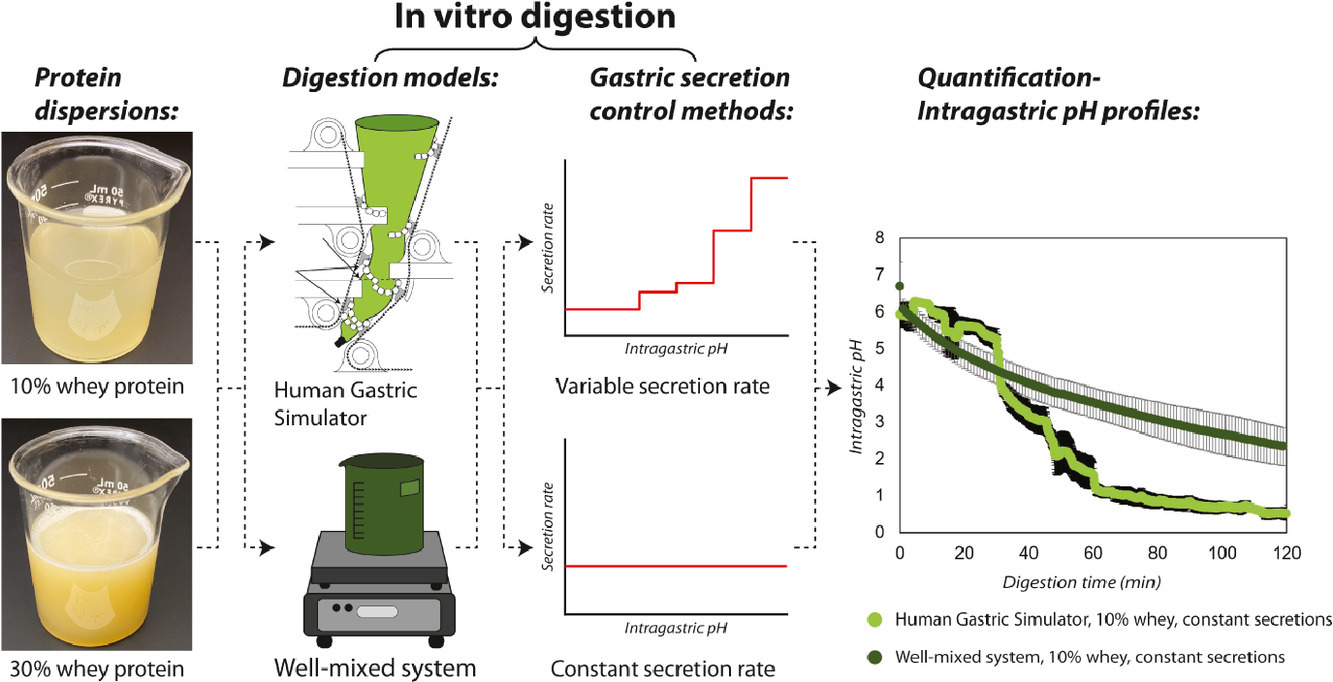
Y. Mennah-Govela, C. Swackhamer, G. Bornhorst, “Gastric secretion rate and protein concentration impact intragastric pH and protein hydrolysis during dynamic in vitro gastric digestion." 2021. Food Hydrocolloids for Health. 10.1016/j.fhfh.2021.100027
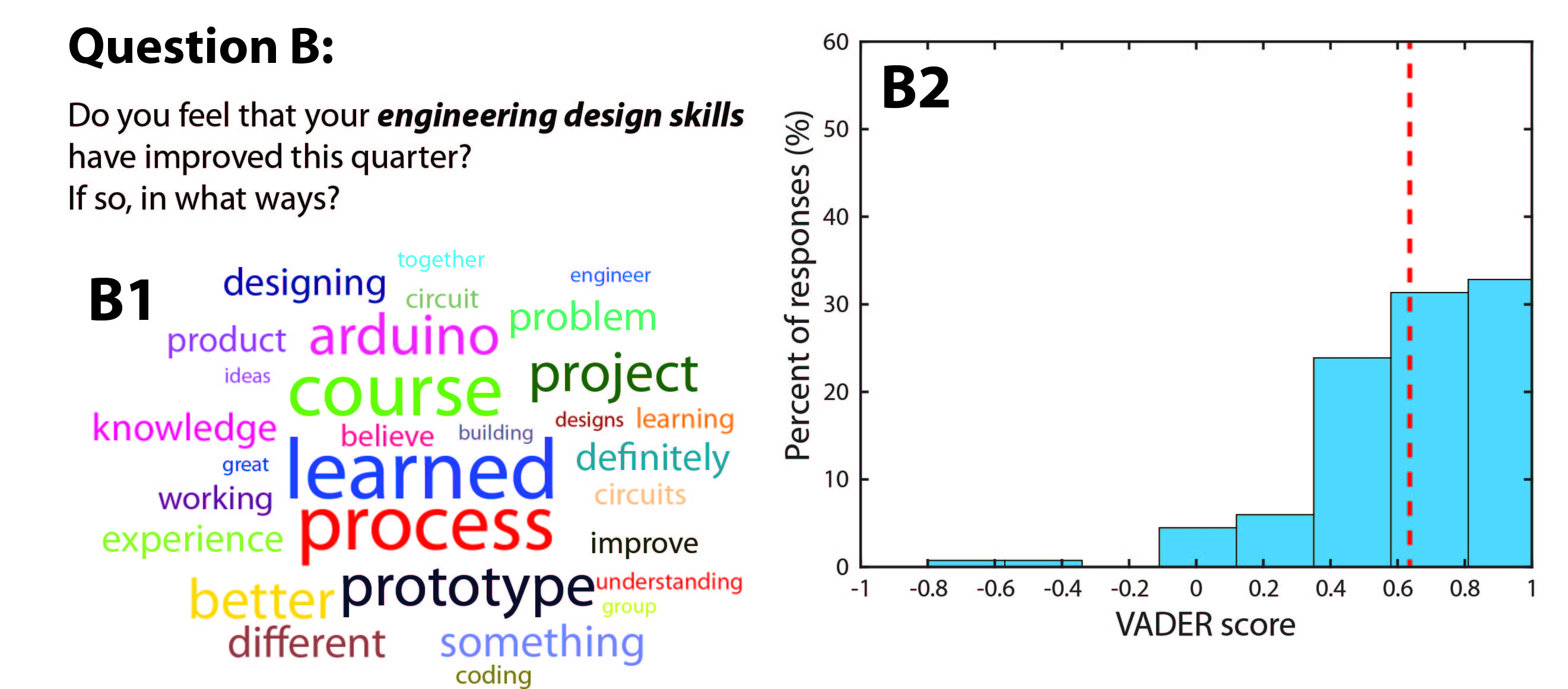
C. Swackhamer, J. Mullin, “Emergency Transition of Intro Communication and Design Course to Remote Teaching." 2021. American Society of Engineering Education Conference. 10.18260/1-2--37025
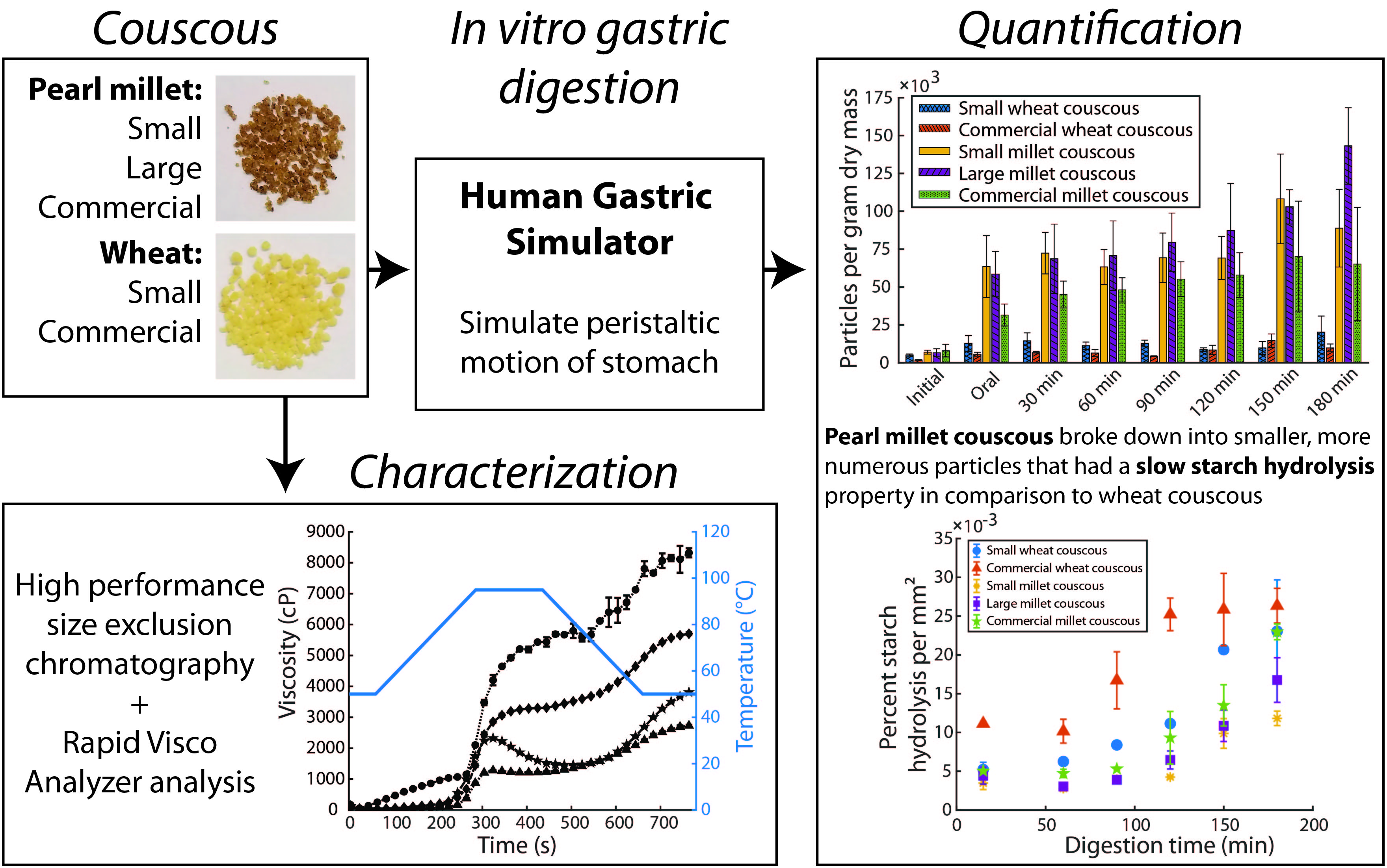
A. Hayes, C. Swackhamer, Y. Mennah-Govela, M. Martínez, A. Diatta, G. Bornhorst. B. Hamaker. “Pearl millet (Pennisetum glaucum) couscous breaks down faster than wheat couscous in the Human Gastric Simulator, though has slower starch hydrolysis." 2020. Food & Function. 11: 111-122. 10.1039/C9FO01461F
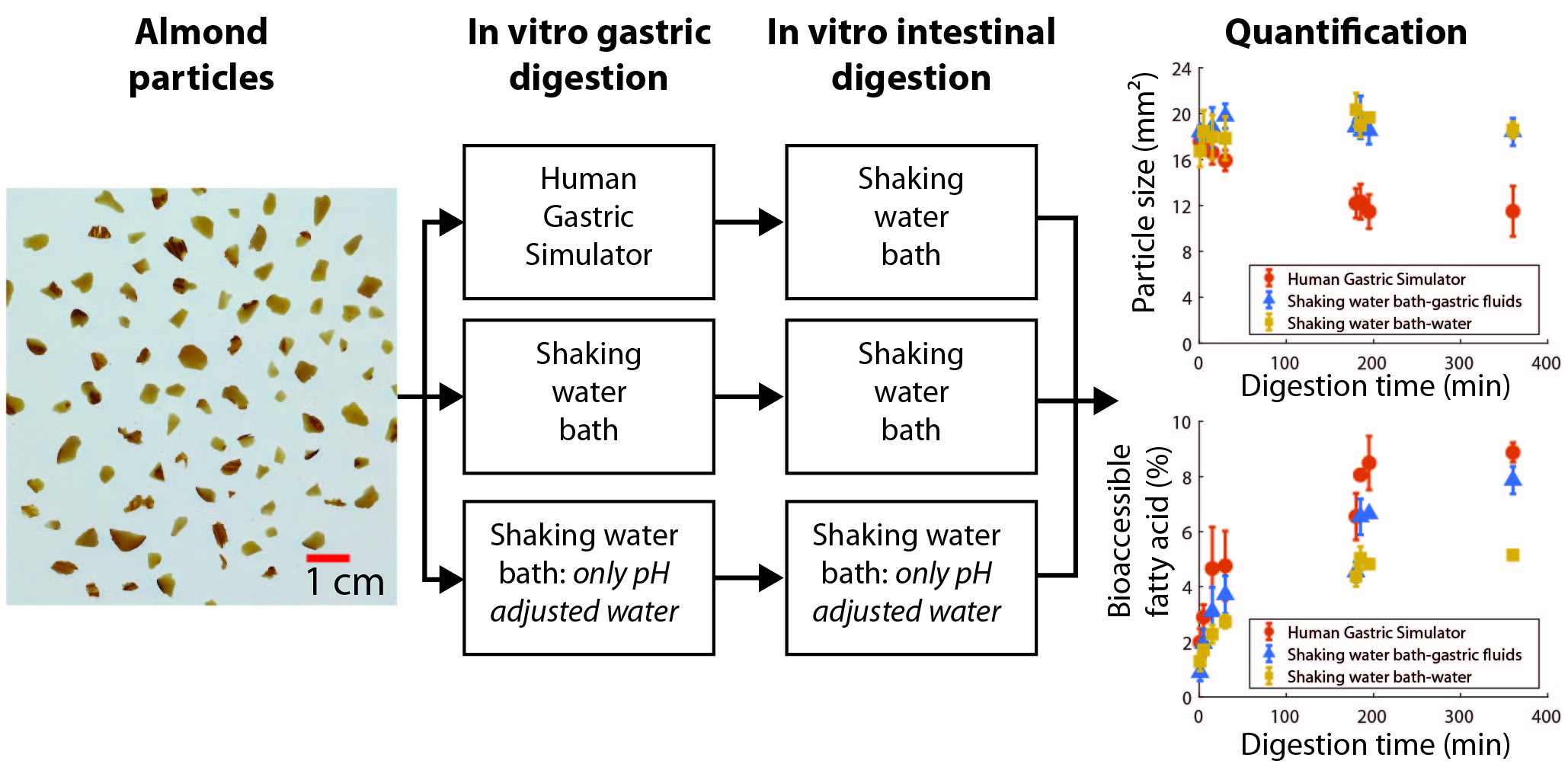
C. Swackhamer, Z. Zhang, A. Taha, G. Bornhorst. “Fatty acid bioaccessibility and structural breakdown from in vitro digestion of almond particles." 2019. Food & Function. 10: 5174-5187. 10.1039/C9FO00789J
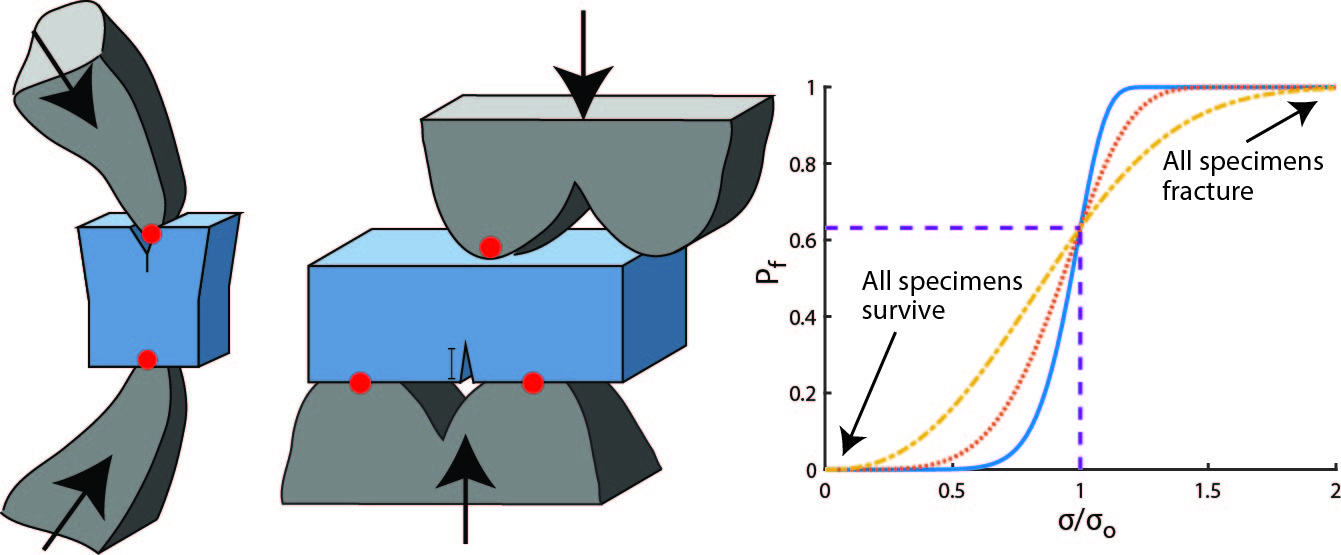
C. Swackhamer, G. Bornhorst. “Fracture properties of foods: Experimental considerations and applications to mastication." 2019. Journal of Food Engineering. 263: 213-226. 10.1016/j.jfoodeng.2019.07.002
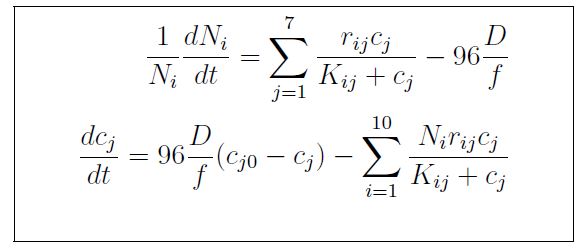
Project report for a bioinformatics course at Purdue (audited)
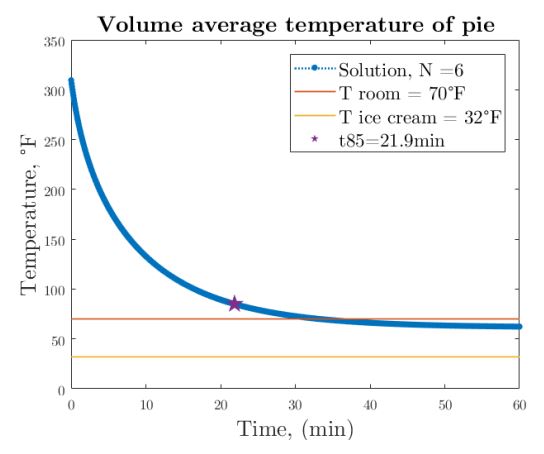
Project from a math course at UC Davis
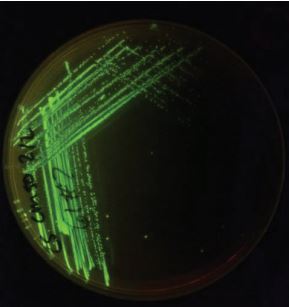
Undergrad thesis in the Schreyer Honors College at Penn State
"...it would appear to be a pointless and doubtful exercise to examine and disentangle the apparently random appearing bacteria in normal feces and the intestinal tract, a situation that seems controlled by a thousand coincidences... Yet I have nevertheless devoted myself now for a year virtually exclusively to this special study, it was with the conviction that the accurate knowledge of these conditions is essential, for the understanding of not only the physiology of digestion..., but also the pathology and therapy of microbial intestinal diseases."
- Theodor Escherich (1888)
swackhac [at] oregonstate.edu